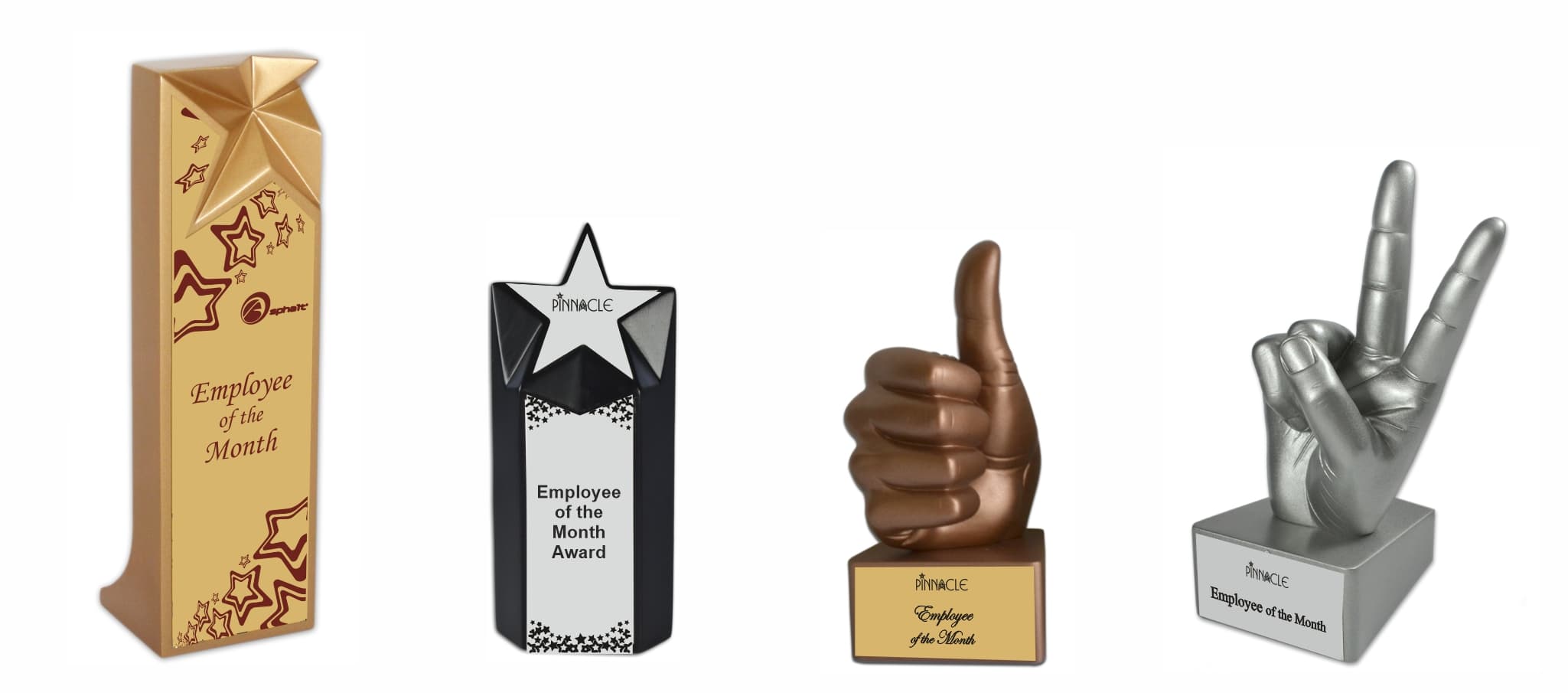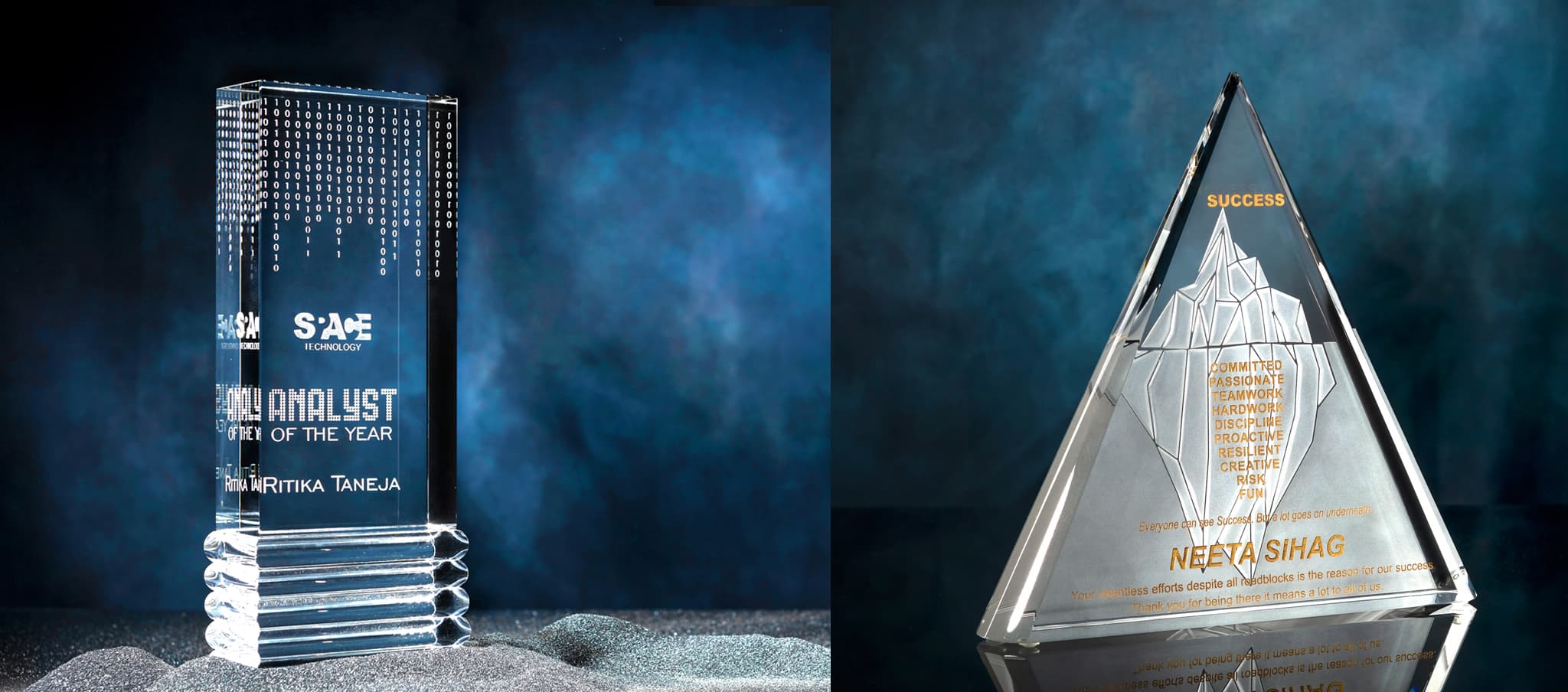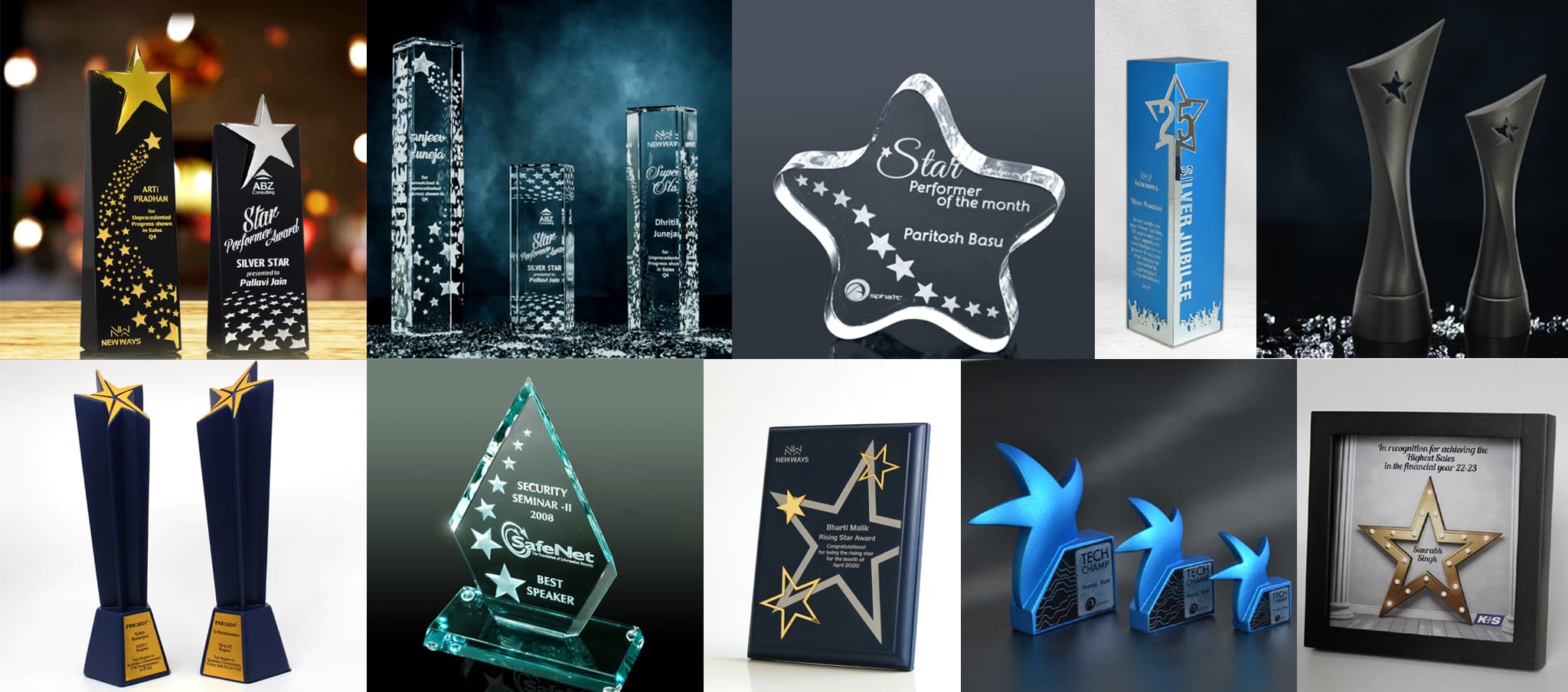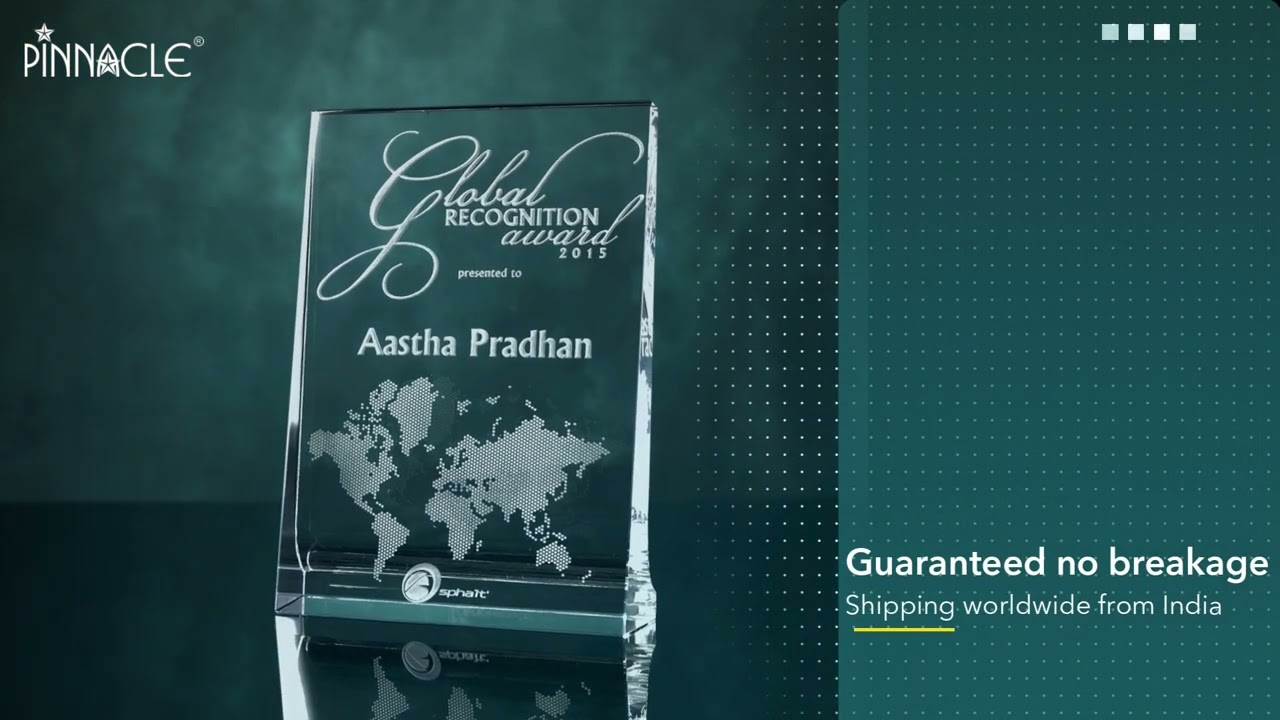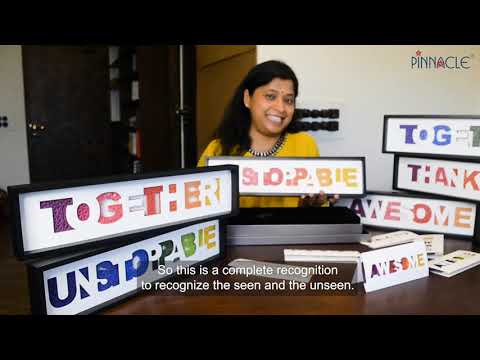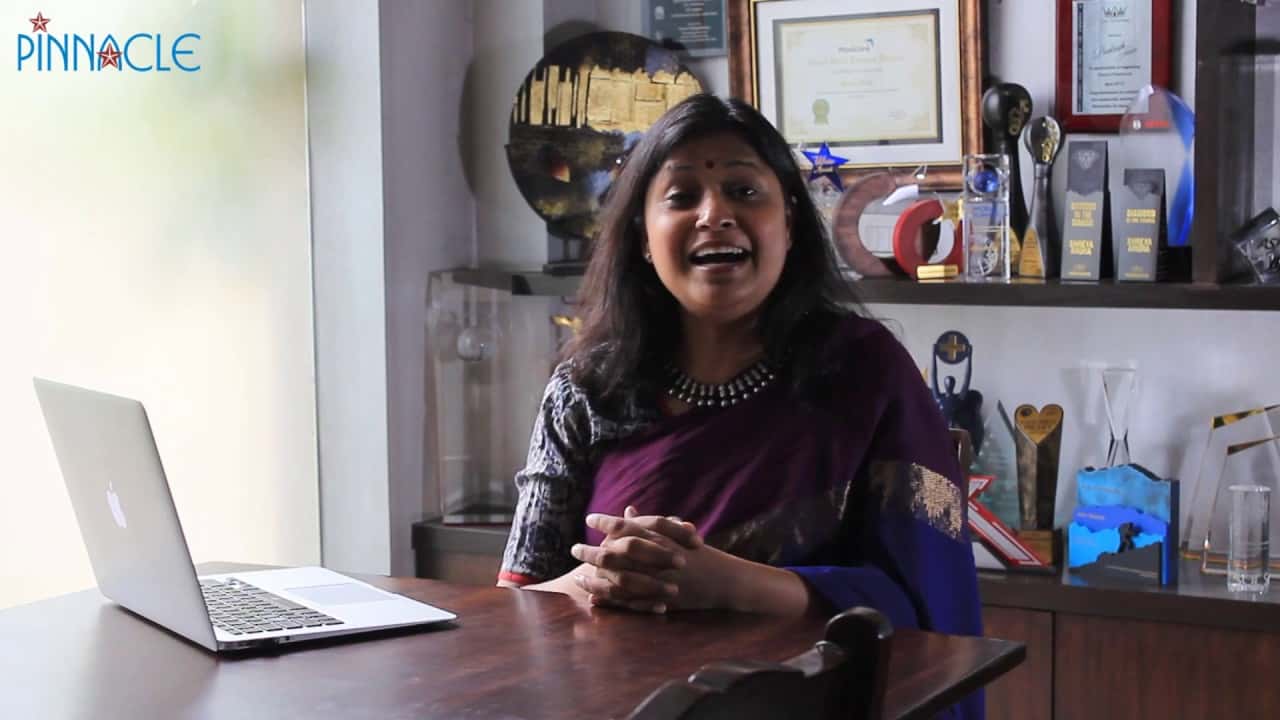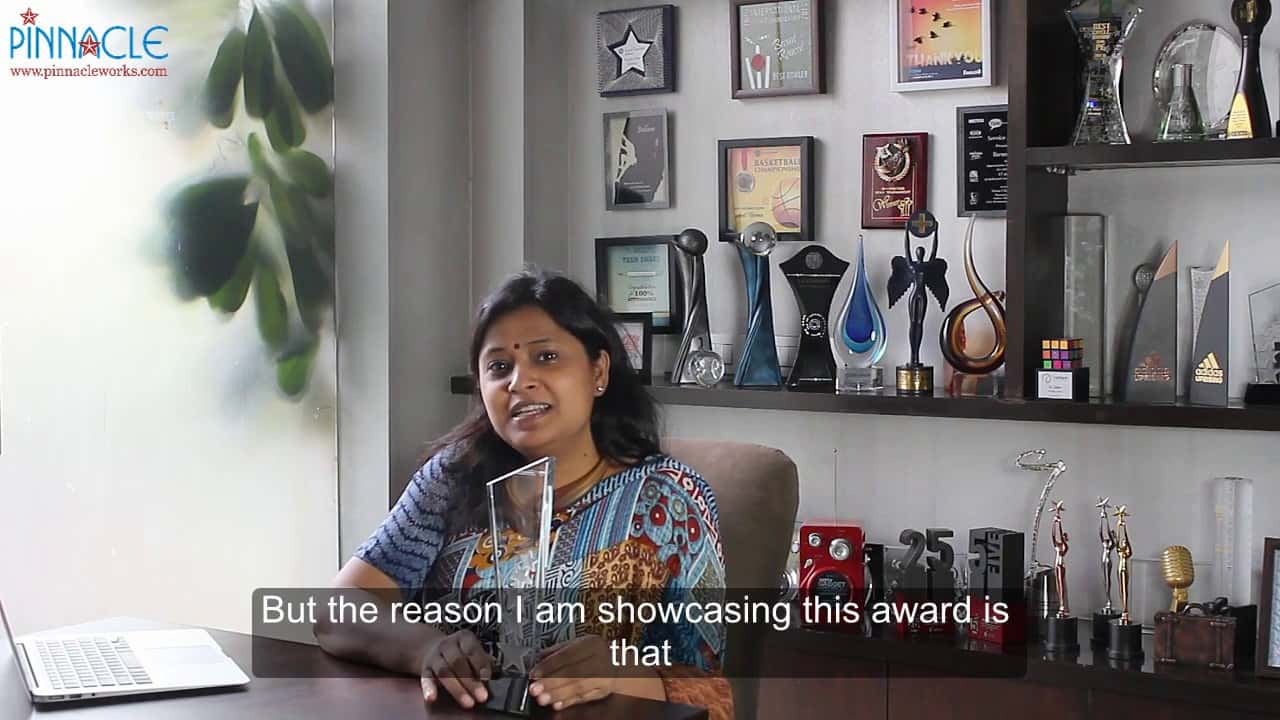So you’re planning to start a recognition programme at your company or perhaps you’re looking to upgrade to make it more effective. Whatever the reason that brought you here, I am glad because this is essential reading for anyone interested in creating an EFFECTIVE Employee Recognition Programme at their workplace.
To do recognition well, you must first set the goal of your recognition programme. Do read this article: What is Recognition? It will help you define the goal for your recognition programme and that will go a long way in helping you create the right programme for you.
In a nutshell, Recognition is about seeing the real value of a person and expressing that well. Here are 12 steps to designing an outstanding recognition programme:
1. Start Small.
Whether you are a small team or a large enterprise, don’t try to launch too many award programmes at the same time. The goal of a recognition program is not to make it shine on your slide deck, but it’s about making your employees feel appreciated, in a manner that makes them bring their best to work. This means that your recognition programme should be aimed at how you are communicating with your employees, how you are sharing information with the team members. If there are too many award categories, then the awards lose their specialness, their sheen. It’s assumed that most people would get some or another award and that makes it less special. The flip side could also be true – that you have such few awards that it’s not enough to cover all the different departments and skill levels of people. You don’t want this. You want a good balance.
It’s worth mentioning that what entails a “small” programme for one company would not be the same for another. For some organisations launching one award program could be sufficient. For another 20-30 categories may be too small.
2. Be Consistent.
You want to instil a culture of appreciation in your organisation. That goes into the very heart of each interaction with employees. As a leader it becomes our responsibility to ensure that each person feels respected, valued for their inherent qualities and nurtured. Be consistent with creating this culture. Starting a recognition program is one thing but keeping it consistent is a completely different thing and it needs an equal amount of energy and people driving it, at every level. If you are in a large company, then it comes down to individual managers and team leaders.
How equipped, excited and involved they are to make appreciation and recognition a part of their team culture is what makes or breaks this whole idea of building a culture of recognition and appreciation. Encourage low cost gratitude practices like Pinnacle’s Leadership Cards. Or look up our article, Low or No Cost Recognition Ideas that Work.
3. Don’t confuse recognition with incentives and bonuses.
Recognition is beyond that and if you are spending your Employee Appreciation Budget only in this manner, then you will not get the results that you desire. It’s incredible that so many leaders are still in the dark on this subject when there are a staggering number of studies that prove clearly just what kind of recognition works and what fails. Check out our article on this subject: What is the difference between Appreciation, Recognition, Incentives and Bonus? When a company is clear about their short-term and long-term goals from the recognition programme, they are able to balance their budget across the various expenditures of appreciation, recognition, incentives and bonuses, in a manner that helps them achieve all their goals beautifully.
4. Create a Recognition Matrix
At Pinnacle we have created an Employee Recognition Programme that we call the Recognition Matrix. Working with the Matrix ensures that not a single person in our company gets left behind in the recognition space, whether it is a top executive or a cleaner. Recognition must exist at every level in the company in order to truly seep into the company culture and become a part of its fabric.
5. Time Recognition All Across the Calendar
Don’t limit your Recognition Programme to an Annual Long Service Awards ceremony or an annual Town Hall. It literally defeats the purpose. You will be surprised how a company’s culture is positively enhanced when it celebrates the employees year round. Don’t worry, these celebrations need not be expensive propositions at all. Doing something as simple as giving out LSAs every month, or maybe on the day of the anniversary itself, instead of every year, strikes such a celebratory note. It helps management bond with all employees in a casual set-up. It makes the employees feel like a part of a good organisation.
6. Your Award Programme must Recognise Efforts, not just Achievements.
A sales award is easy to give, because it’s easy to gauge which employee hit their targets, who overshot them, who sold the most etc. Such awards are post-achievement awards. The achievement is in the rear-view mirror. We hope the employee would continue to perform at the earlier level and beyond.
But how about looking up ahead? Who are your next batch or generation of achievers? Who are the ones who are learning the most? Who is enabling their teams to hit the big runs? Such employees become the backbone of the organisation. They are the ones that your big sellers rely on to keep the ecosystem running. Make sure to recognize them too! When it comes to recognition, your motto should be, value the person, not just an achievement.
7. Create Memorable Moments.
When planning your recognition programme, put in special thought on ideas to make the moment really special and memorable. An office or team get-together at the time of giving a service award to a long serving employee? A handwritten note of appreciation from the CEO? Inviting a family member to the office at the time of the event. Surprising them in a pleasing way. When you create such memorable moments, what people takeaway is that they matter. They matter enough that you put in the time and effort into planning a moment to celebrate them! They would love the company for this. Ofcourse, it has to be honest and heartfelt, not mere lip service.
In the Post Covid era when many Long Service Awards are being shipped directly to the individual, I’ve noticed that really good managers are still managing to schedule a call around the time of the award delivery. All this makes it more special and customised.
8. Design your awards carefully to match the achievement.
At Pinnacle we have had the privilege of designing thousands of awards to match the achievements of various teams or individuals. Check out 10 Uncommon Award Ideas That Will Make Your Recognition Program Unforgettable
We have made a great foray into engraving on crystal. Check out some inventive awards we created to match achievements in Crystal here: We are Obsessed with Engravings On Crystal and Glass and why that should matter to you. One of my personal favourites is the Iceberg Award in Crystal. Our Circular Jewel in Crystal is one of our best sellers, because we are able to customise the achievements of the award recipient in a beautiful way through engraving. Every small detail matters. When you come to a company like Pinnacle, with a strong in-house design team, we will help you create a tailor-made award that matches the achievements of the intended recipient. Since all our production is in-house too and because we work with a wide range of products and processes, we can create a custom award for you, within your budget.
9. Involve your Managers
Your Team Leads and all levels of the organisation to participate in the recognition programme.
I am a hundred percent believer that recognition is not about giving an award alone, but about creating a culture in the workplace that is respectful and the one that fosters an environment of collaboration and creativity. A culture that is always thinking about achieving the big organisational goals. Study after study has proven that such a workplace environment results in greater productivity in the short run and more so in the long run. And this can only be achieved when most leaders have bought into the idea of recognition. 100% leaders will never buy in, but even if the majority buy into the recognition program that’s a brilliant win for the organisation.
10. Take Stock Routinely.
Measure the effect of your Employee Recognition Programs from time-to-time. By conducting honest conversations with employees at different levels, you will be able to assess what’s working and what is not. For instance, one of our customers discovered that by changing the delivery mechanism of LSAs (long service awards)—so they were being individually shipped to each team, instead of collectively being shipped to the central office–made the distribution so much easier and timely. People started receiving the awards on time and felt more appreciated. It resulted in them posting on linkedin right around the time when Linkedin was announcing to everyone that it’s their anniversary. Just makes it so much better. In turn, the company got more love for their efforts.
11. Don’t Over Plan and Definitely Don’t Over-spend.
I recommend planning for 75% of the budget amount you have set aside for your recognition programme and keeping the remaining 25% in contingency. Once you enter the execution part of the programme, you will overshoot your budget and then the contingency funds you kept aside will save your programme execution. Bringing it back to point one and two of start small but be consistent. That’s really important.
12. Bonus: Be Patient.
It takes time and effort to get a recognition programme started. There is inertia in the beginning or there could be excitement in the beginning, followed by inertia.
Change is hard. Always. And implementing change at an organisational level , at a team level is probably harder. The human brain does not like change, it is not wired to appreciate or recognise other people. It’s true. We still have the Reptilian brain inside of us. We are wired to find out what’s going wrong and bring everyone’s attention to that mistake and make it alright. So changing to a culture of appreciation and recognition takes time. It may not sound nice but in reality for a lot of people, competitiveness, insecurity and negativity is “normal” and appreciation and recognition is “unnatural.”
Taking small small steps consistently makes all the difference. It takes time to teach people to appreciate. It’s a skill and a very important life skill at that. Once people learn this skill there’s no going back. It will transform your workplace but remember it’s not permanent.
Encourage the team leaders who are practising recognition within their teams, counsel those who need encouragement and give them handy tools like Leadership Cards by Pinnacle. Inch by inch, your company’s culture will transform . Remember not everyone will get excited when you will launch the program. Many people will not participate. Many people will not take the time to appreciate or recognise. But that doesn’t matter. Keep the programmes alive. It takes time for a new thing to gain momentum. Even in our company we struggled with participation but we never gave up and now it feels so good when even the person in the stockroom understands the value of appreciation and appreciates someone in our awesomeness group for a work done well.
If a little voice in your head is saying “I dont’ have the budget for all this,” then please ignore that voice. There is so much you can do with a low/no budget. For instance, check out this blog Pinnacle’s ‘Awesomeness Group’ blog. And write to us for more ideas for enhancing recognition in your organisation within your budget.



